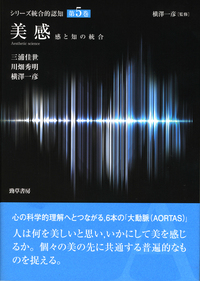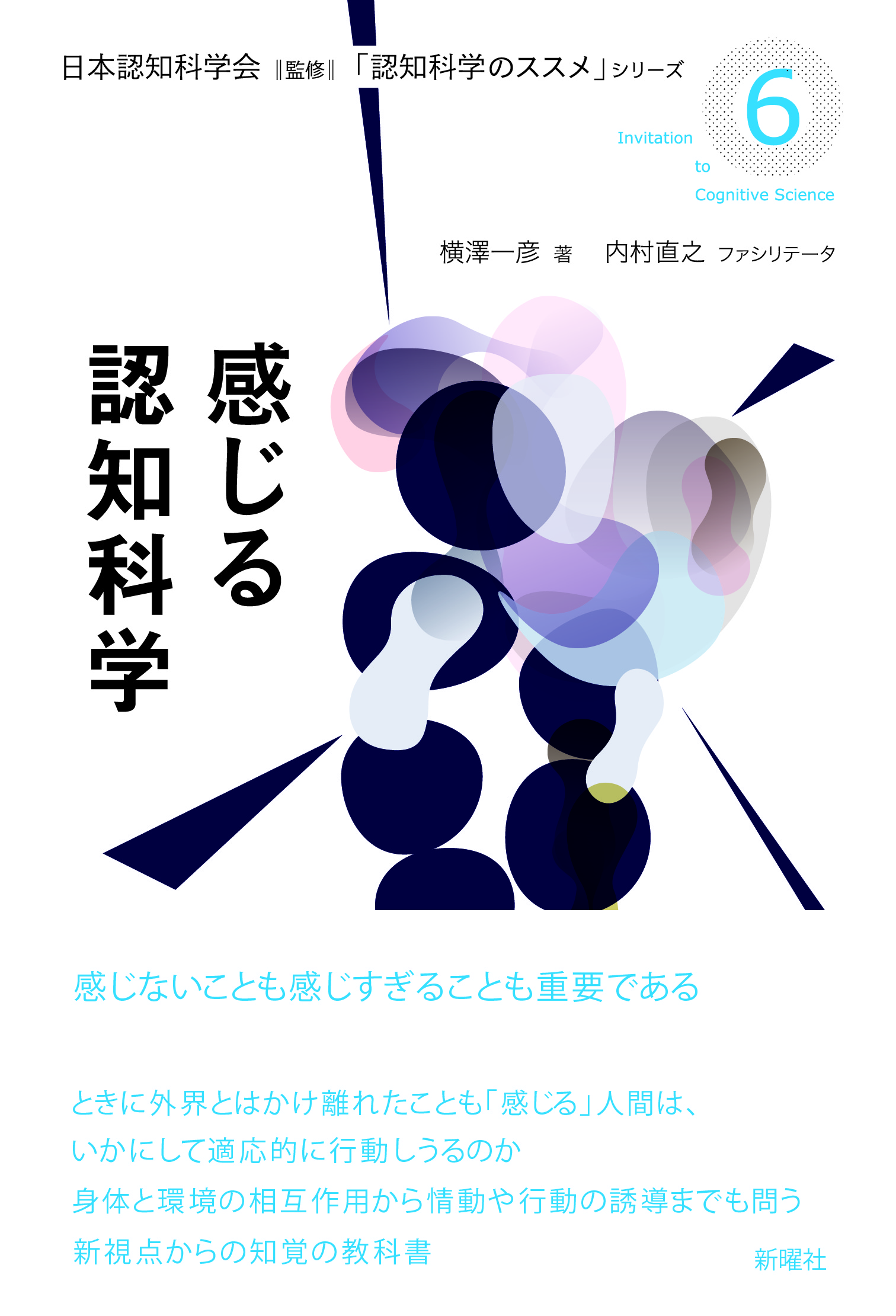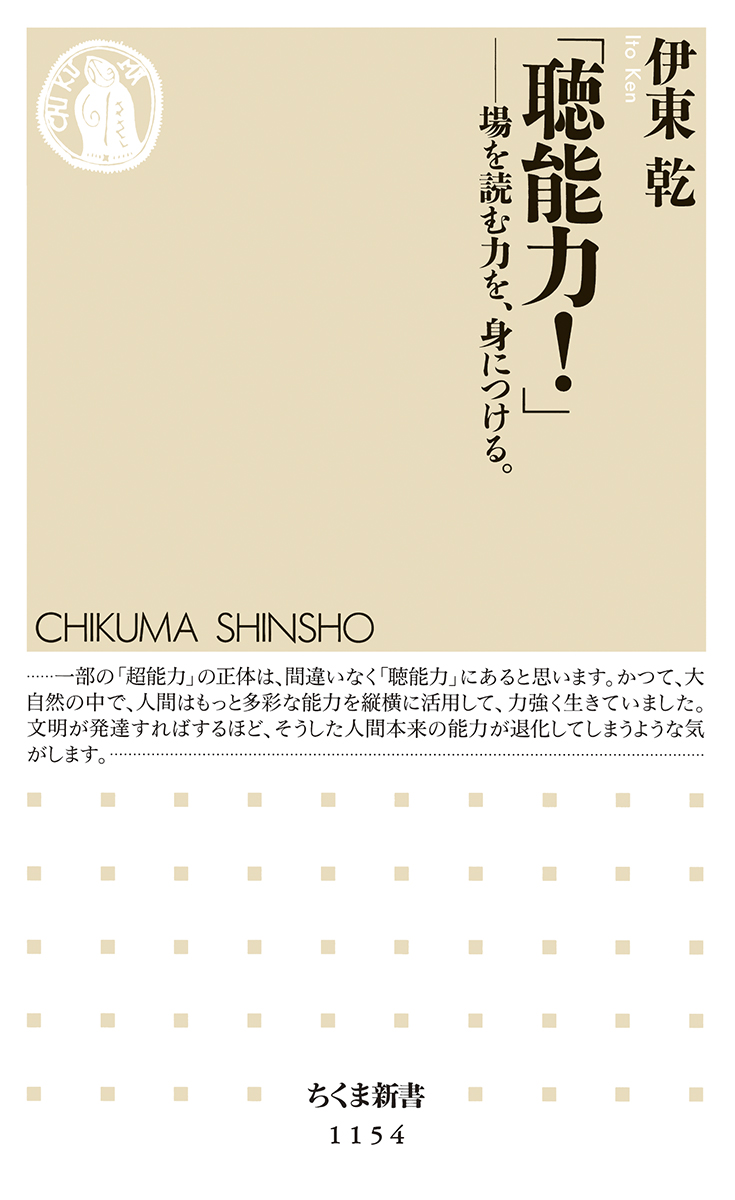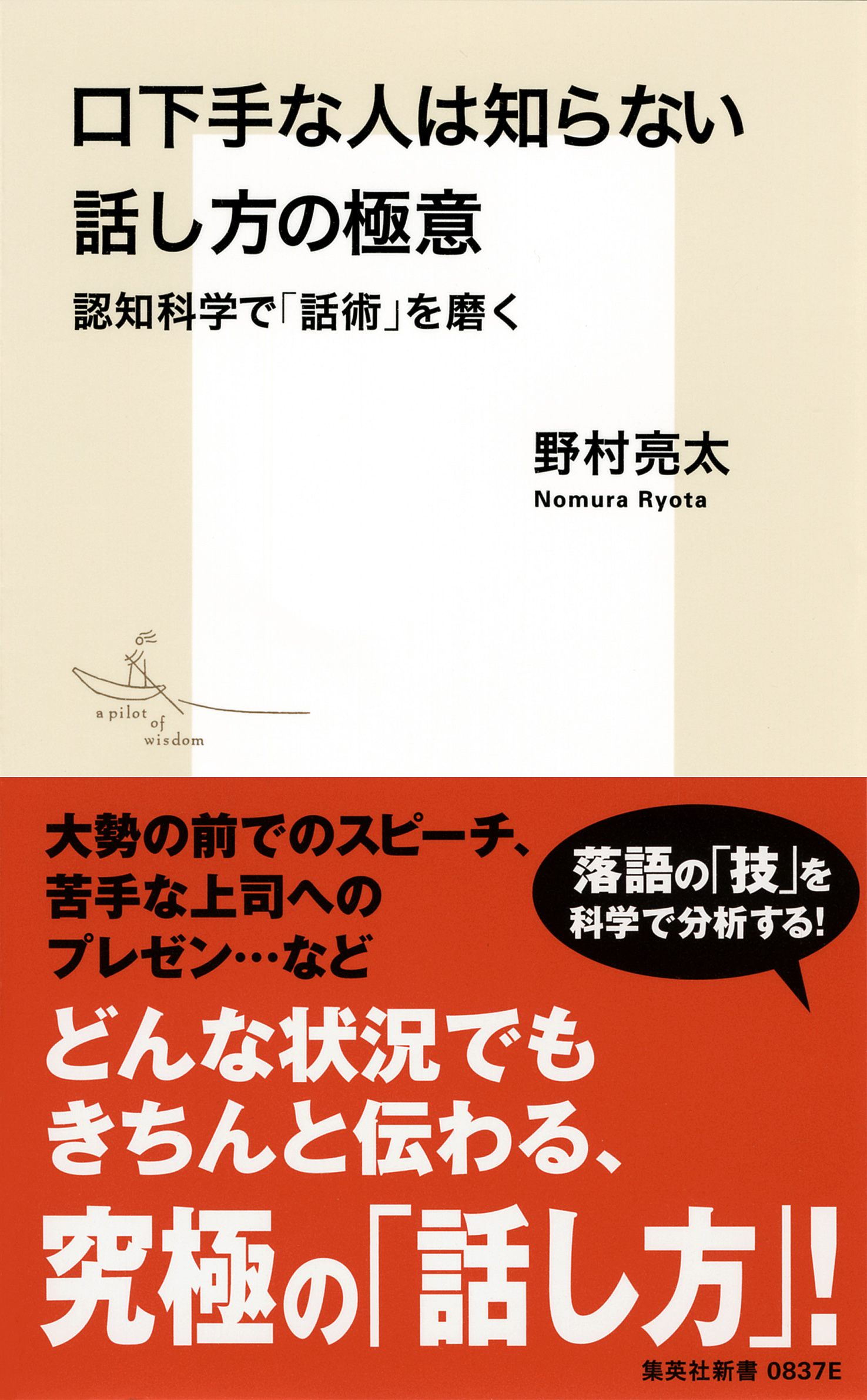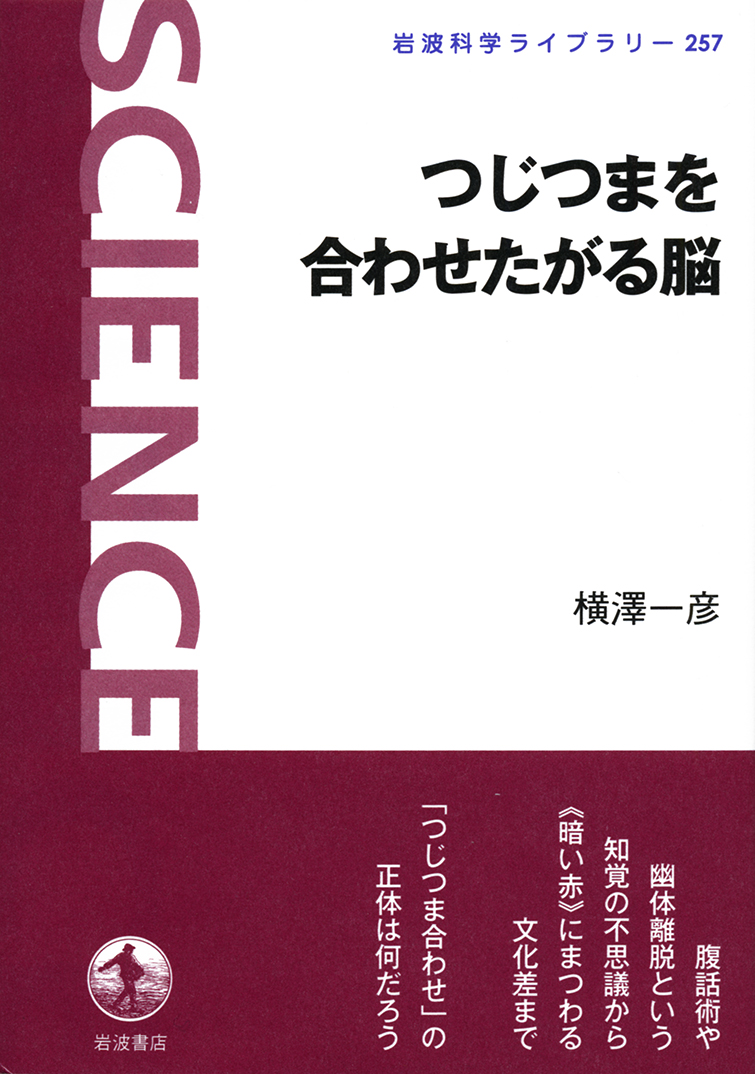
Title
Iwanami Science Library Tsujitsuma wo Awasetagaru Nō (The brain attempts to adjust information to maintain consistency)
Size
128 pages, B6 format, softcover
Language
Japanese
Released
January 19, 2017
ISBN
978-4-00-029657-1
Published by
Iwanami Shoten.
Book Info
See Book Availability at Library
Japanese Page
This book is a volume of the Iwanami Science Library. The author wrote it with the hope that it would give readers an opportunity to become interested in psychology. The book deals with various psychological phenomena that have been identified through studies of cognitive psychology, in which basic human behaviors were observed experimentally. Here, “behaviors” mean not only bodily motions but also visual and auditory responses, as well as responses based on subjective judgments about likes and dislikes. Senses including sight, hearing, and touch depend on sense organs, such as the eyes, ears, and the skin, and they are hierarchically processed in specific parts of the brain. However, to understand the outer world comprehensively, it is necessary to integrate and adjust different, at times conflicting, information obtained through different sense organs. This book addresses this process, which is known as “integrated cognition of sensory information.” The essence of integrated cognition is instant and comprehensive judgments made by the brain, in which various types of information conflict with one another. In this book, this process is expressed as “trying to adjust information to maintain consistency,” which is also the title of this book.
Typical psychological phenomena that have been identified as a result of studies on cognitive psychology are described in the different chapters. Readers would be surprised to learn that there are sophisticated behavioral principles that they have not recognized. The Rubber-hand Illusion and Out of Body Experience are described in the first chapter. These are phenomena associated with brain functions for making adjustments by assuming that one’s own body exists in impossible positions. In the second chapter, the Ventriloquist Effect and McGurk Effect are examined. These are the result of processes integrating and adjusting visual and auditory information that are inconsistent with each other, and creating new interpretations. In the third chapter, the phenomena of Choice Blindness and Change Blindness, which suggest the advantage of facilitating efficient processing by ignoring inconsistencies, are considered. The fourth chapter elucidates that likes and dislikes related to forms and colors unconsciously reflect cultural and personal experiences, and people make consistent conclusions without noticing that they are doing so. In the last chapter, methods of dealing with a brain that tends to make adjustments to maintain consistency are explained. Brain functions and inconsistent behaviors do not contradict each other. When a person is in an environment with a logical inconsistency, the brain instantly provides a consistent solution, and the person behaves in a way that corresponds to this solution. It is possible that some readers are already aware of the phenomena introduced in this book. For such readers, our research group presents the following findings. The Rubber-hand Illusion is accompanied by temperature sensations, the McGurk Effect and the Ventriloquist Effect are independent, Change Blindness occurs during a serial search, and color preference is very different between Japanese and American people because of the difference in the objects that are associated with the color, among others.
(Written by YOKOSAWA Kazuhiko, Professor, Graduate School of Humanities and Sociology / 2018)



 Find a book
Find a book


